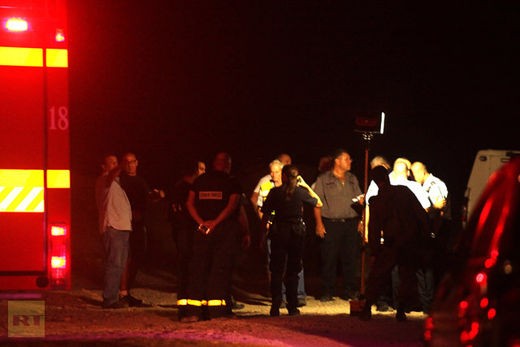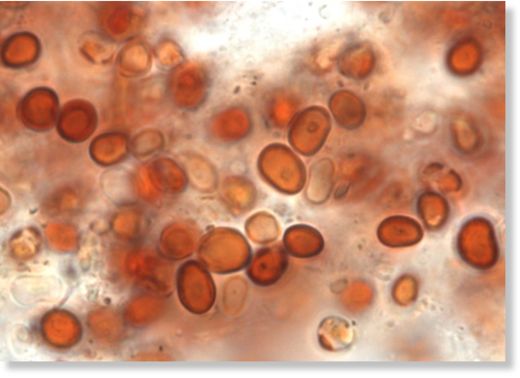
© Will Dickey/The Times-UnionBased on intriguing accounts by Spanish and French explorers in 1564, University of North Florida physics professor emeritus Jay Huebner (above) believes that a strike by a meteor, comet or asteroid could have formed Round Marsh in the Timucuan Ecological and Historic Preserve. He's trying to raise funds for an expedition to discover the truth.
At sea in August 1564, a Spanish priest in Pedro Menendez' fleet wrote of a "miracle from heaven" - a comet as bright as the sun, streaking west toward Florida.
On land, the hungry, miserable French settlers at Fort Caroline were stunned by a "stroke of lightning" that, one wrote, instantly "consumed about 500 acres and burned with such a bright heat that the birds which lived in the meadows were consumed."
The fire burned for three days. The river "seemed almost to boil." Enough fish died to fill 50 carts.A retired University of North Florida professor thinks the Spanish comet and the French lightning strike were very likely the same thing - an object from outer space that struck at the edge of the St. Johns River in Jacksonville.
It could have been a meteor, asteroid or comet 100 feet across, says UNF's Jay Huebner. Most of it would have vaporized on impact, with trees and animals incinerated in unimaginable heat. Water from the river and marsh would have made a roaring waterfall as it rushed to fill the crater left by the strike.
That crater, Huebner theorizes, is today's Round Marsh in the Timucuan Ecological and Historic Preserve.



Comment: Note that they found no impact sites and no rockets. Meanwhile war preparations against Iran are being hyped to the max again:
Israel media talk of imminent Iran war push
Israel ready for 30-day war after Iran strike